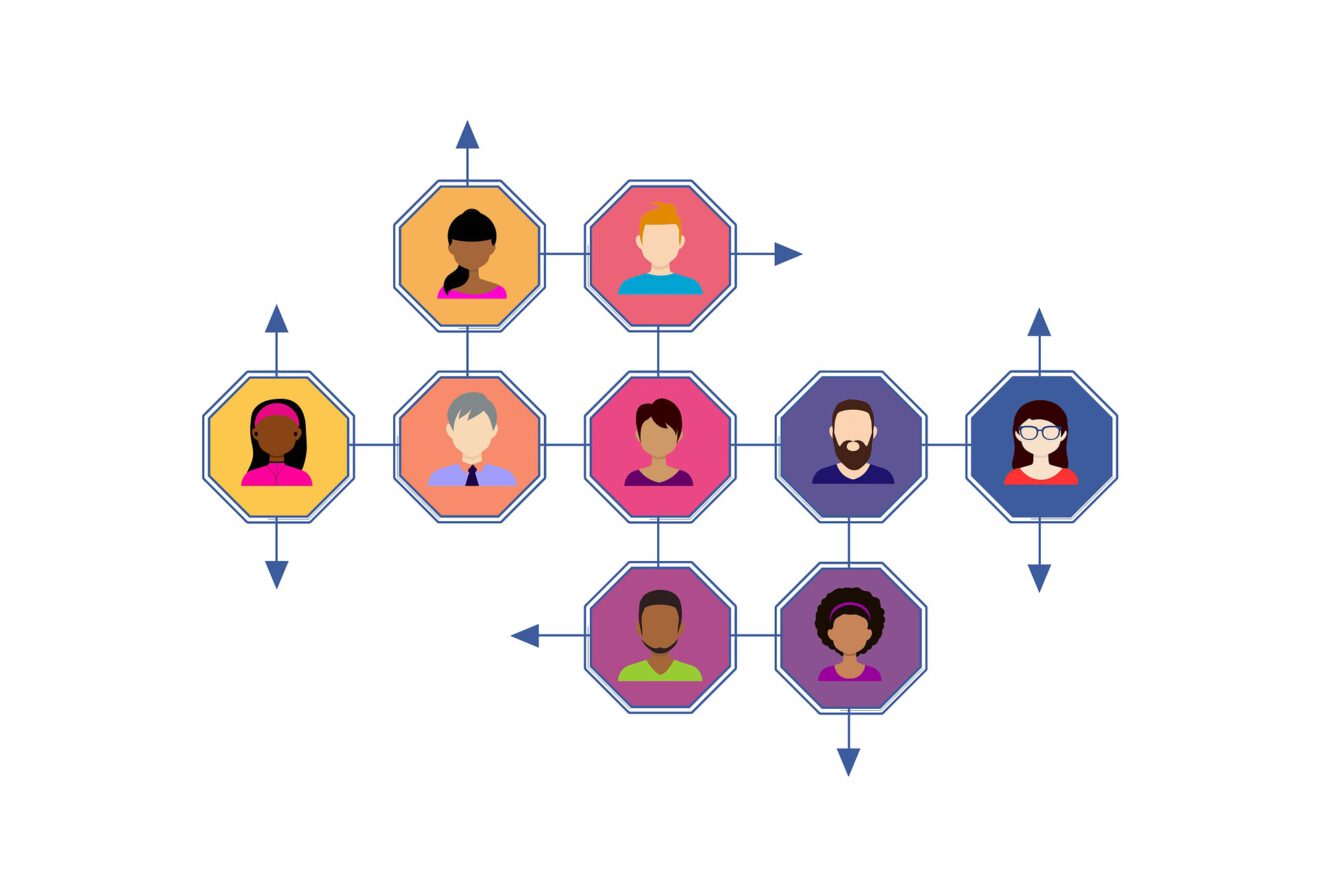I’m going to make a bold prediction: richer, more frequent discussions with peers would help your career.
But who would you want to spend more time with? How would you find them? How would you initiate contact? And how would you feel if they resisted your outreach? After all, nobody wants to feel rejected. And then there’s the free-rider problem — why should you be the one to reach out in the first place?
When you put it all together, we’re left with an unavoidable conclusion: It’s surprisingly hard to engineer ongoing interactions with the right people. So, we settle.
But we’ve all had glimpses into what might be. The insightful, energizing conversations we might have with people who understand our professional lives firsthand.
Let’s consider five drivers of great peer conversations:
- Participants. It’s often said that “the guests make the party,” and this certainly applies to peer conversations. Who wants to spend time with people who are unwilling — or unable — to share relevant, interesting experiences? You want the peer group to have enough in common that people can relate to each other, but not so much that you all think alike.
- Group size. It is also important to include the right number of people. Great conversations require intimacy. If a group is too large, people talk at each other, not with each other. If it’s too small, there is too little diversity of perspective. So, there is an ideal range, usually somewhere between five and 15 people.
- Agenda. Once a group has assembled, what makes the conversation memorable? It often comes down to the choice of topics. While it’s rare to find topics with universal appeal, everyone must feel that they were able to dig into some of their most pressing questions. And they need to feel that others were open, authentic, and respectful.
- Format. There is a reason our ancestors used to gather around a campfire to tell stories: storytelling is a wonderful way to share experiences and insights with each other. After all, adults don’t learn the same way children do. We don’t easily absorb narrow, abstract information delivered by authority figures. Rather, as adults, we learn through analogy, experience and context. We can appreciate the nuance inherent in another’s story and use it to refine our own understanding. This is ultimately what turns a good story into a great conversation.
- Continuity. Trust in any group is built over time. We’ve all seen that in our own lives. Conversations with family and old friends are usually more open, more candid, and more informal than those with new acquaintances. We can’t expect others to share their deepest hopes and fears during a first encounter. So, it’s important for peer networks to meet not just once, but regularly. Over time, the quality and nature of conversations becomes deeper, more honest, less guarded. Invariably, a group will develop rituals and a kind of verbal shorthand. It will build on earlier conversations to explore old questions in new ways.
Eventually, group members will develop a sense of belonging. This is important. After all, Abraham Maslow observed in his well-known hierarchy of needs that the need to belong comes right after our physiological and safety needs are met. Group affiliations become pillars that support higher-level needs, including self-esteem and self-actualization.
It’s time to act. I encourage you to jot down a list of 15 to 20 people you’d like to spend more time with — to share ideas, compare notes or test assumptions. Some may be competitors; that’s OK. There are almost always important, noncompetitive issues to discuss. And some may live across the country, or in another country. If the conversation is valuable enough, the investment of time and money to travel for meetings will pay for itself many times over.
Now, reach out to some of the people on your list. Start small. Start today. Draw on your network. People will appreciate the effort. Find a time and a place to get together. Even better, ask your vendors and service providers to take the lead in pulling a peer group together. They will surely benefit from more opportunities to really listen to their clients. And to show — not tell — a group of valued clients that they have their best interests at heart.
James Millar is the author of “BUILDING BRIDGES: The Case for Executive Peer Networks” (July 2018). He is the founder of SkyBridge Associates, a company that designs, creates, and leads the executive peer networks that leaders need to build authentic relationships and share valuable insights. He is former director of MBA admissions and financial aid at Harvard Business School.
If you enjoyed this article, sign up for SmartBrief’s free e-mail on leadership and communication, among SmartBrief’s more than 200 industry-focused newsletters.
